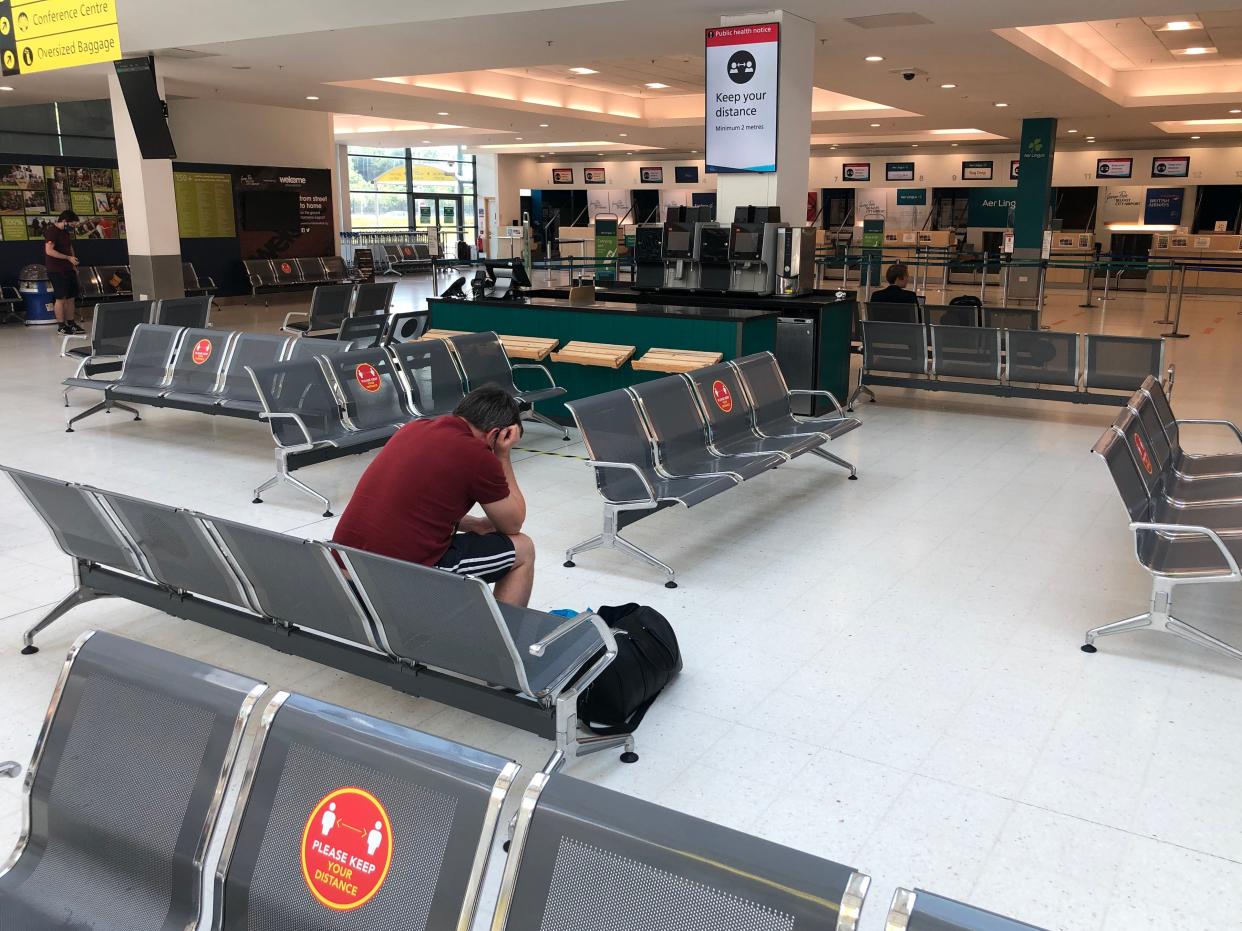Does absence from an airport really make the heart grow fonder?

Ryanair will return to George Best Belfast City airport this summer.
You might imagine that reads like an insignificant move in the hectic choreography playing out across the UK and Europe as airlines line up their schedules ahead of the hoped-for unlocking of holidays from 17 May.
Yet the revival of this partnership shows just how much the world has changed during the coronavirus pandemic.
Ryanair used to have a busy little network of UK domestic flights from Belfast City. It was my preferred way to travel between London and Northern Ireland.
Partly that was because of the invitingly low fares to a premium airport – just three miles from the city centre. But it was also because the planes were never full. And that was due to the slight shortness of the runway.
As you know, an airline’s maximum take-off weight involves a complex calculation with many parameters –including the length of the runway. The shorter the space for take-off, the lower the weight of aircraft plus fuel plus people plus baggage.
In that calculation, the easiest variable to adjust is the number of passengers. It was tricky for the standard Ryanair jet to fly out from Belfast City with a full load of paying customers.
This “weight penalty” could mean, on the Boeing 737-800 planes that Ryanair uses exclusively, that perhaps only 160 of the 189 seats on board were filled.
Such a limitation was incompatible with Ryanair’s admirable hunger for filling all the space onboard. In 2019 its network-wide load factor was 96 per cent, which translates to just seven or eight empty seats on the average plane.
Accordingly the last Ryanair aircraft abandoned George Best Belfast City in 2010. After four happy-ish years together, the chief executive Michael O’Leary called time on the relationship – accusing the airport of “fudge and dither” over extending the runway.
In the 11 intervening years, the runway has not grown. Yet Ryanair is back, with the message from Dara Brady, its marketing director. “Absence makes the heart grow fonder,” he told BBC Radio Ulster.
So what is going on? Ryanair certainly likes playing one airport off against another, and it is continuing to fly from the much bigger Northern Ireland airport, Belfast International – just 14 miles away as the Boeing flies. This is, I believe, the shortest distance between two airports anywhere on the network of Europe’s biggest budget airline.
But 2021 is all about opportunism. Ryanair realises that the days of selling 180 or more seats on every flight are on hold, and it will tolerate a significantly lower load factor for a while.
There is no compelling reason why the two should not thrive. They have different catchments, and George Best is likely to attract people who will pay higher average fares, which will make up for the empty seats.
I have not been able to find out what the precise weight and passenger constraints there are for Ryanair, particularly on longer flights such as Malaga and Faro, which are both more than 1,200 miles – a three-hour flight.
But evidently the deal on offer from the airport is good enough to persuade the airline to revive a romance, at least for the summer.
Meanwhile the third Northern Ireland airport, City of Derry, is showing signs of revival after being ditched by Ryanair. The low-cost giant cut its routes from the northwest of the nation to Edinburgh and Liverpool after a row with the Civil Aviation Authority.
But Loganair has stepped in with a link to Glasgow from 5 April and a revived service to Liverpool from 24 May.
Read More
Ryanair moves back to George Best Belfast City airport with summer sun flights
Flybe failure: six vacant Belfast City-Great Britain routes taken over by Aer Lingus
Ryanair plans two-thirds of flights this summer as it promises cheap fares to stimulate demand

 Yahoo Movies
Yahoo Movies 
